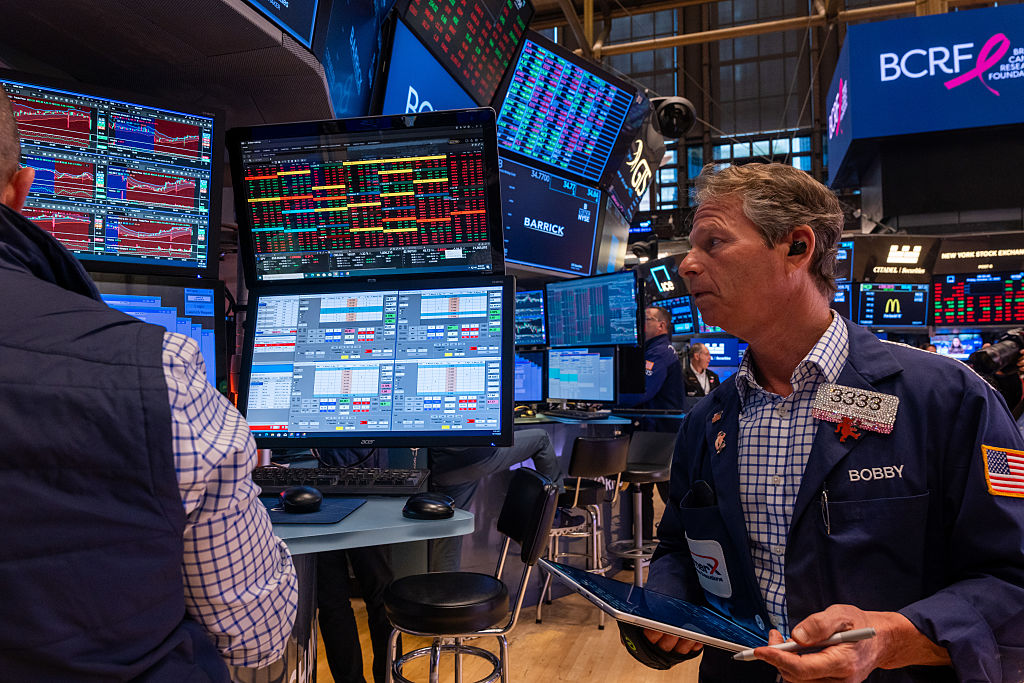ENRC sees prices fall and costs rise
Mining group Eurasian Natural Resources Corporation (ENRC) saw a 'significant' decline in group revenue in the first three months of 2012 mainly as a result of a strong comparator and falling commodities prices.
Mining group Eurasian Natural Resources Corporation (ENRC) saw a 'significant' decline in group revenue in the first three months of 2012 mainly as a result of a strong comparator and falling commodities prices.
The first quarter of 2011 was ENRC's strongest-ever quarter in terms of revenue generation. The firm also saw a substantial decline in prices for all of the group's commodities and for iron ore in particular. "A decrease in sales volumes for iron ore and ferroalloys also negatively affected revenue. This was partially offset by increased sales volumes of copper, coal and electricity."
"We have maintained production at full available capacity across most of our principal commodities, with recoveries in ferroalloys and iron ore production, as well as achieving a notable increase in copper production," said Chief Executive Officer Felix Vulis.
MoneyWeek
Subscribe to MoneyWeek today and get your first six magazine issues absolutely FREE

Sign up to Money Morning
Don't miss the latest investment and personal finances news, market analysis, plus money-saving tips with our free twice-daily newsletter
Don't miss the latest investment and personal finances news, market analysis, plus money-saving tips with our free twice-daily newsletter
"However, depressed pricing and the temporary decrease in alumina production have impacted revenue for the quarter. We remain focused on controlling costs and executing our extensive growth programme, despite the climate of global economic uncertainty and near-term market volatility."
The Ferroalloys Division operated close to full available capacity but revenue "deteriorated very sharply" year-on-year due the fall in sales prices and sales volumes of chrome ore and high-carbon ferrochrome. The volume decline was caused by the shutdown of production at Tuoli and lower capacity levels at Aksu.
Iron Ore, Alumina and Aluminium and Other Non-ferrous revenues were also lower than the first quarter of 2011. Energy revenues were slightly above last year due to an increase in sales volumes of both coal and electricity, offsetting falling prices.
Meanwhile, operating costs experienced a "noticeable increase" due to input material cost inflation, higher energy prices and higher labour costs. Cost pressure are expected to continue throughout the year. "Materials and energy inflation, higher stripping and mining costs for mine development, as well as growing depreciation and amortisation charges will be the main drivers. We anticipate unit costs to rise up to 20% as previously guided."
BC
Get the latest financial news, insights and expert analysis from our award-winning MoneyWeek team, to help you understand what really matters when it comes to your finances.
MoneyWeek is written by a team of experienced and award-winning journalists, plus expert columnists. As well as daily digital news and features, MoneyWeek also publishes a weekly magazine, covering investing and personal finance. From share tips, pensions, gold to practical investment tips - we provide a round-up to help you make money and keep it.
-
 Why Trustpilot is a stock to watch for e-commerce exposure
Why Trustpilot is a stock to watch for e-commerce exposureTrustpilot has built a defensible position in one of the most critical areas of the internet: the infrastructure of trust, says Jamie Ward
-
 Tetragon Financial: An investment trust with stellar returns
Tetragon Financial: An investment trust with stellar returnsTetragon Financial has performed very well, but it won't appeal to most investors – there are clear reasons for the huge discount, says Rupert Hargreaves

